What is macro photography?
Macro photography generally means shooting closeups while reproducing the subject at a 1:1 ratio or depicting it as life-sized in the image. Anything smaller is now called "super-macro." You can use either a compact or DSLR to capture great shots, and the superior quality of many compact cameras means your images will rival those shot with a DSLR. Remember, though, it's not just the camera making the image — it's the photographer. So, let's look at some basic skills you'll need to get your macro techniques moving in the right direction.
Get low; get close; shoot up
This mantra works well when you're approaching your subject.
Get low
This is a two-fold skill. First, get low while approaching your subject. You'll intimidate your subject less, so it will be less inclined to pull back into its hole or dart away. Second, take a lower approach when creating a macro image rather than a sharp angle, looking down. Like speaking with a child, you must be in their world and make eye contact when engaging them. This holds true for strong macro images as well.
Get close
Getting close will help magnify your subject. Doing so also increases light saturation from the strobes, gives better detail and decreases the water between the subject and the lens. This also helps to decrease haze, increase contrast and lessens the chances for backscatter.
Shoot up
Shooting slightly up alters the perspective of the subject, making them appear slightly larger in the frame. Shooting up also helps by separating your subject from the background and creating a stronger portrait.
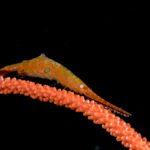
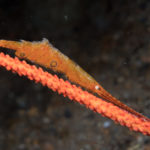
On a slope, wall, or any environment where the background is close to your subject, getting close, low and shooting up makes all the difference. With this shrimp, I simply lowered my angle of view and pulled my strobes back. This eliminated the sandy background and revealed the eggs tucked safely under the swimmerets in the shrimp's tail section.
Choose the right lens
Understanding your lens choice, working distance and sensor size can also make a difference when planning or analyzing macro shots.
Both 60 mm and 100/105 macro lenses have the same reproduction ratio but at different working distances from the subject in order to focus. This inner working distance provides the 1:1 macro ratio we're looking for. Visually, the longer lens seems like it magnifies more but this is due to a narrow angle of view.
For night dives or larger macro subjects, the 60 mm lens is more forgiving than the longer lens, but it falls short for subjects that require a little more distance to photograph. It's often tough to get close enough to skittish animals with a 60 mm lens. Diopters are of very little benefit when using a 60 mm lens and will be more useful with the longer lens. The 100/105 mm lens is a bit more specialized. Fish photography, for example, demands a longer working distance and a 100/105 lens is best.
As a new macro photographer, choose the 60 mm lens first to learn the basics before moving on to the longer, and often more expensive, lenses.
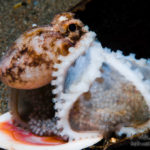
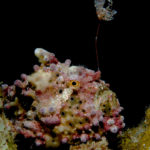
Use the 60 mm lens for palm-sized subjects. This offers the flexibility of shooting slightly larger subjects and some decent macro images as well. For the more specialized subjects, the longer lens allows you reach out a little further and create stronger, tighter macro images from a distance.
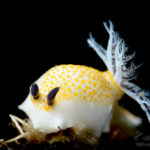
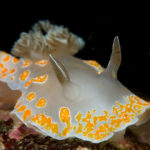
Nudis are probably the most-photographed subjects in the ocean because of their funky colors, shapes and behaviors, as well as their relative immobility. The longer 100/105 lens allows for both medium-sized subject and super-macro nudis.
Final advice
Remember that making small things big isn't the only thing that's important when practicing macro photography. Understanding composition rules is vital before you begin creatively breaking them. Get low, get close and shoot up when possible to help master your new skillset for underwater macro photography.
By guest author Mike Bartick
The post Introduction to Macro Photography appeared first on Scuba Diver Life.
from Scuba Diver Life https://ift.tt/2FNhXeh
No comments:
Post a Comment